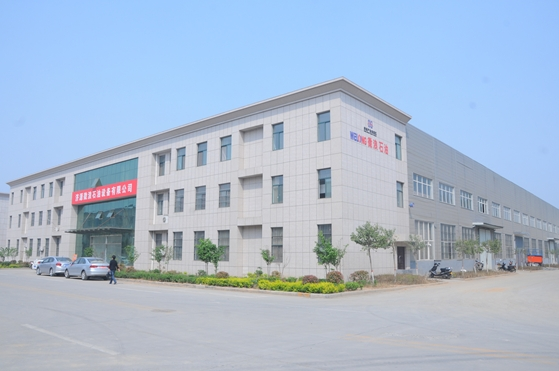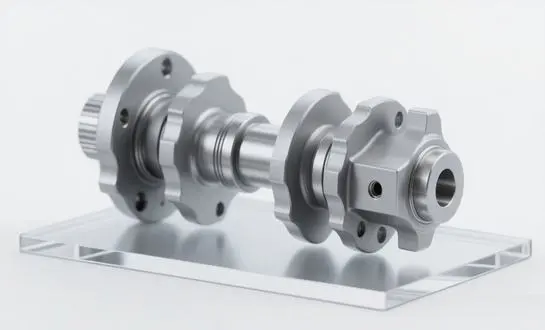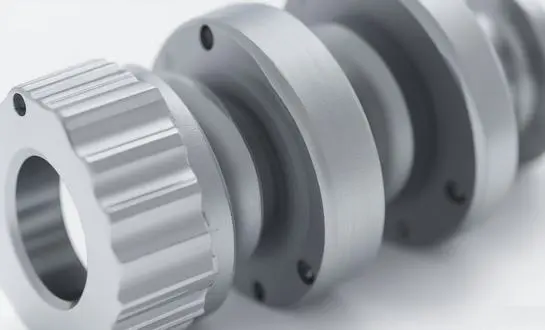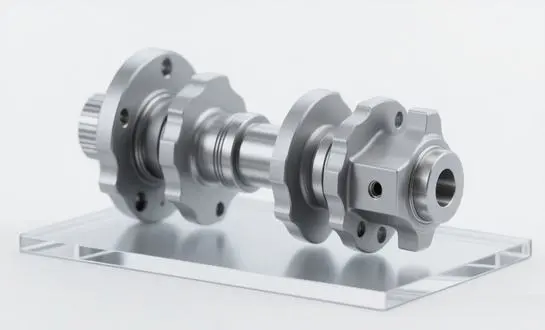Key Components of Effective Steering Rolls
Understanding the critical elements that make up an efficient steering roll system is fundamental to maintaining stable steel strip direction. Let's delve into the core components:
Roll Body Design
The roll body is the central component of a steering roll. Typically manufactured from high-quality materials such as forged steel or alloyed cast iron, the roll body must withstand the rigors of continuous operation. Its design incorporates precise surface finishes and contours to ensure optimal contact with the steel strip.
Bearing Assemblies
High-precision bearings are crucial for smooth roll rotation and minimal vibration. These bearings must be capable of handling heavy loads while maintaining accuracy. Regular inspection and lubrication of bearing assemblies are vital for prolonging steering roll life.
Actuation Mechanisms
Steering rolls employ sophisticated actuation systems to adjust their position and angle. These mechanisms may include hydraulic cylinders, electric motors, or pneumatic systems. The responsiveness and precision of these actuators directly impact the steering roll's ability to maintain proper strip alignment.
Sensors and Control Systems
Modern steering rolls are equipped with advanced sensors that continuously monitor strip position and tension. These sensors feed data to control systems, which make real-time adjustments to maintain optimal alignment. Regular calibration of these sensors is essential for accurate operation.
Common Issues in Steel Strip Alignment
Despite the sophistication of steering roll systems, several issues can arise that affect steel strip alignment. Identifying and addressing these problems promptly is crucial for maintaining production quality and efficiency.
Strip Wandering
One of the most common issues in steel processing is strip wandering, where the steel strip deviates from its intended path. This can be caused by various factors, including:
- Uneven roll wear
- Misaligned entry guides
- Inconsistent strip tension
- Variations in strip thickness or material properties
Regular inspection and adjustment of steering rolls can help mitigate strip wandering issues.
Edge Waviness
Edge waviness occurs when the edges of the steel strip develop an undulating pattern. This can be caused by:
- Improper roll crowning
- Excessive or uneven roll pressure
- Thermal expansion differences across the strip width
Addressing edge waviness often requires a combination of steering roll adjustments and modifications to other process parameters.
Camber and Bow
Camber refers to the curvature of the strip along its length, while bow is the curvature across its width. Both issues can lead to processing difficulties and quality problems. Causes may include:
- Uneven cooling during production
- Residual stresses in the material
- Improper roll alignment
Effective steering roll operation, combined with proper tension control, can help correct camber and bow issues.
Surface Defects
While not directly related to alignment, surface defects can result from improper steering roll maintenance. These may include:
- Scratches or indentations from worn or damaged roll surfaces
- Uneven surface finish due to roll vibration or misalignment
- Contamination from debris or lubricant issues
Regular inspection and maintenance of steering rolls can prevent many surface defect issues.
Optimizing Steering Roll Performance: Expert Tips
To ensure optimal performance and longevity of steering rolls, consider implementing these expert-recommended practices:
Regular Inspection and Cleaning
Establish a routine inspection schedule for all steering roll components. This should include:
- Visual checks for wear, damage, or misalignment
- Cleaning of roll surfaces to remove debris and buildup
- Inspection of seals and bearings for signs of wear or leakage
- Verification of sensor functionality and calibration
Regular cleaning and inspection can prevent many issues before they escalate into serious problems.
Precision Alignment and Balancing
Maintaining precise alignment of steering rolls is crucial for optimal performance. Consider these steps:
- Use laser alignment tools to ensure proper roll positioning
- Regularly check and adjust parallelism between rolls
- Perform dynamic balancing of rolls to minimize vibration
- Verify and adjust roll crowning as needed
Proper alignment and balancing contribute significantly to the longevity and effectiveness of steering rolls.
Lubrication Management
Effective lubrication is vital for the smooth operation of steering rolls. Implement a comprehensive lubrication program that includes:
- Selection of appropriate lubricants for specific operating conditions
- Regular lubrication schedules based on operating hours and conditions
- Monitoring of lubricant quality and contamination levels
- Proper disposal and replacement of used lubricants
Well-maintained lubrication systems can significantly extend the life of bearings and other critical components.
Predictive Maintenance Strategies
Implement predictive maintenance techniques to identify potential issues before they lead to failures. This may include:
- Vibration analysis to detect bearing wear or misalignment
- Thermographic imaging to identify hot spots or uneven heating
- Oil analysis to monitor lubricant condition and detect wear particles
- Acoustic emission testing to identify developing cracks or defects
Predictive maintenance can help optimize maintenance schedules and reduce unplanned downtime.
Operator Training and Standard Operating Procedures
Ensure that all operators and maintenance personnel are well-trained in the proper operation and maintenance of steering roll systems. Develop and implement standard operating procedures (SOPs) that cover:
- Proper startup and shutdown procedures
- Routine maintenance tasks and schedules
- Troubleshooting guidelines for common issues
- Safety protocols for working with and around steering rolls
Well-trained personnel and clear procedures are essential for maintaining consistent steering roll performance.
By implementing these expert tips and maintaining a rigorous maintenance checklist, steel processing facilities can ensure stable steel strip direction and optimize the performance of their steering roll systems. Regular attention to these critical components will result in improved product quality, reduced downtime, and enhanced overall productivity.
For more information on steering roll maintenance and optimization strategies, or to explore high-quality steering roll solutions for your steel processing needs, contact Welong at oiltools15@welongpost.com. Our team of experts is ready to assist you in achieving optimal performance in your steel strip production processes.





